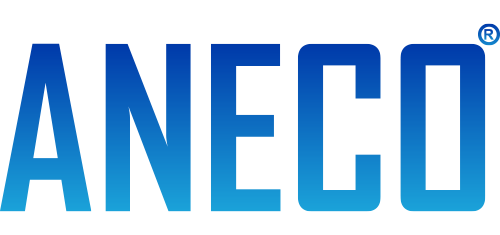- Have Any Question?
- (+880) 017238012739
- enviroco@gmail.com
DISINFECTION
Disinfection is a method for reducing the risk of infection for people and/or animals or contamination of objects or environments by killing as many microorganisms as possible through inactivation, removal, or dilution. Examples of microorganisms include bacteria, viruses, fungi, protozoa, and spores.
When applied to environments and surfaces, the idea of disinfection has a different connotation than sterilization. In point of fact, disinfection refers to the process that is restricted to pathogenic species, whereas sterilization refers to the complete elimination and/or inactivation of any living form, such as viruses, spores, and nematodes.
In the case of water, disinfection is a possible refinement step for either recovering contaminated water prior to its recycling within the production process or for the use of useful water that is subjected to high quality standards (such as in the pharmaceutical, cosmetic, and microelectronic industries).
I - By natural means:
1 - Physical
• Solar radiation (particularly the ultraviolet portion of sunlight, which, despite being poorly penetrating, must directly affect the microbial flora in order to perform the disinfectant function). Natural methods of infection;
• Drying (the sun’s heat causes germ protoplasm to dry);
• Temperature (below 37°C, viability decreases, and above 45°C, germs begin to die).
2 - Biological
• Vital competition (implemented by microorganisms through direct or indirect action, such as when bacteriophage viruses modify a substrate to make it unsuitable for development and proliferation);
• Dilution (if pathogenic germs are diluted, as in water or air, it is unlikely that they will reach a bacterial population large enough to cause disease).
II - By artificial means
1 - Chemical-physical
• Radiation with UV lamps;
• Pasteurization and U.H.T. treatment;
• Dry heat (laboratory hot air heaters and muffles);
• Damp heat and steam (autoclave);
• Flame, incandescence and combustion;
• Boiling;
• Chemo-thermal washing (dishwashers, washing machines, etc…);
• Ionizing radiation (gamma rays);
• Aseptic filtration (laminar flow hood).
2 - Chemistry with disinfectant agents
• Alcohols such as propanol, isopropyl alcohol, ethanol;
• Aldehydes such as formaldehyde, glutaraldehyde, glyoxal;
• Phenols and derivatives such as thymol, creosol;
• Oxidants such as ozone, hydrogen peroxide, potassium permanganate;
• Halogens such as chlorine, iodine, bromine, hypochlorous acid and derivatives (sodium hypochlorite, lithium hypochlorite, iodophores);
• Guanidine;
• Cationic and anionic detergents (quaternary ammonium salts);
Depending on the type of usage, there are distinct disinfectants, whether they are used on objects, body and hands, air or room surfaces.
Complete the following form and tell us about your project. We will contact you as soon as possible



